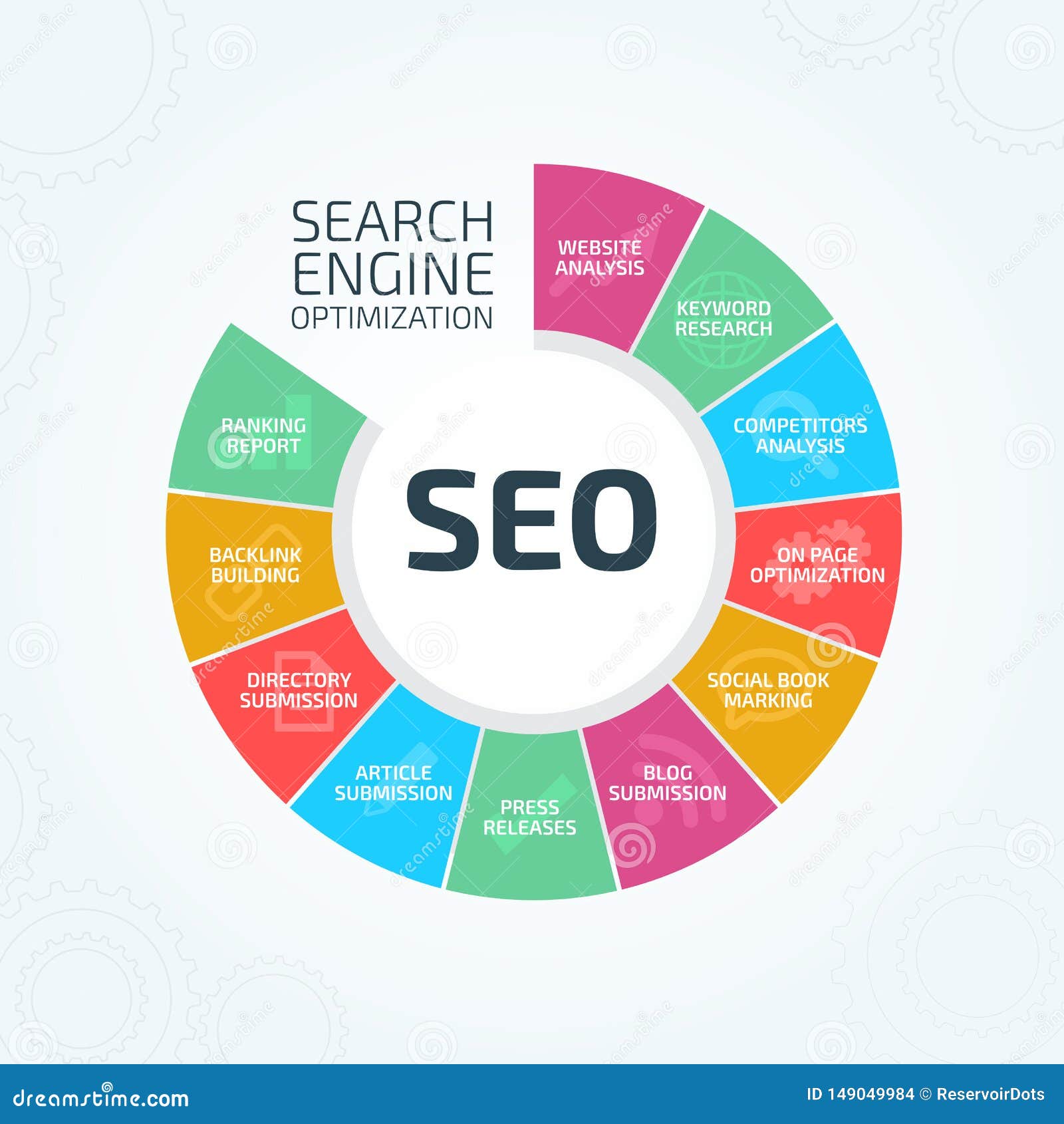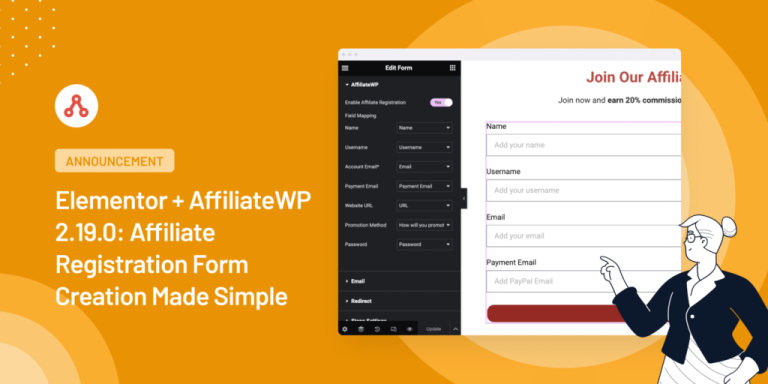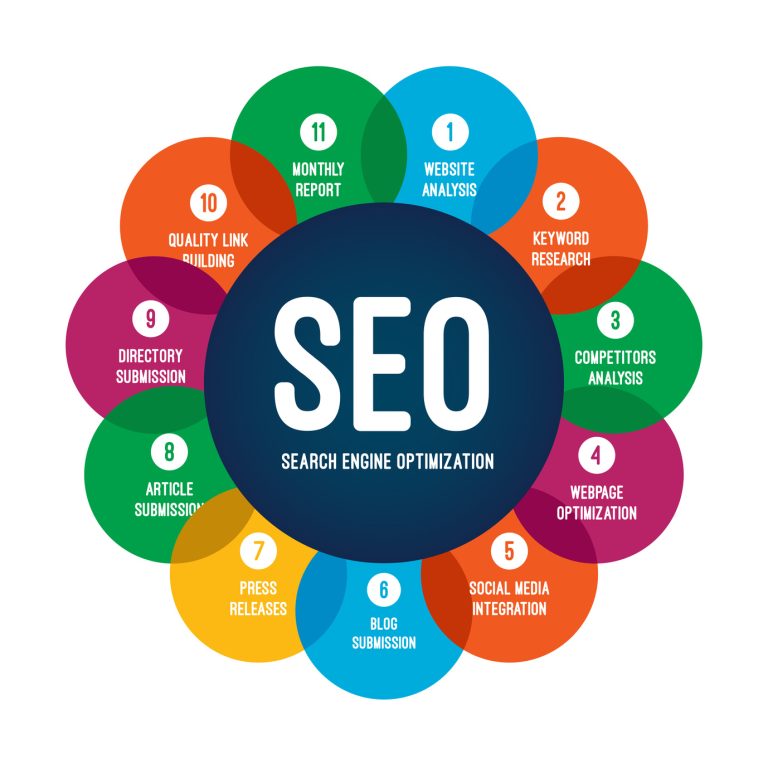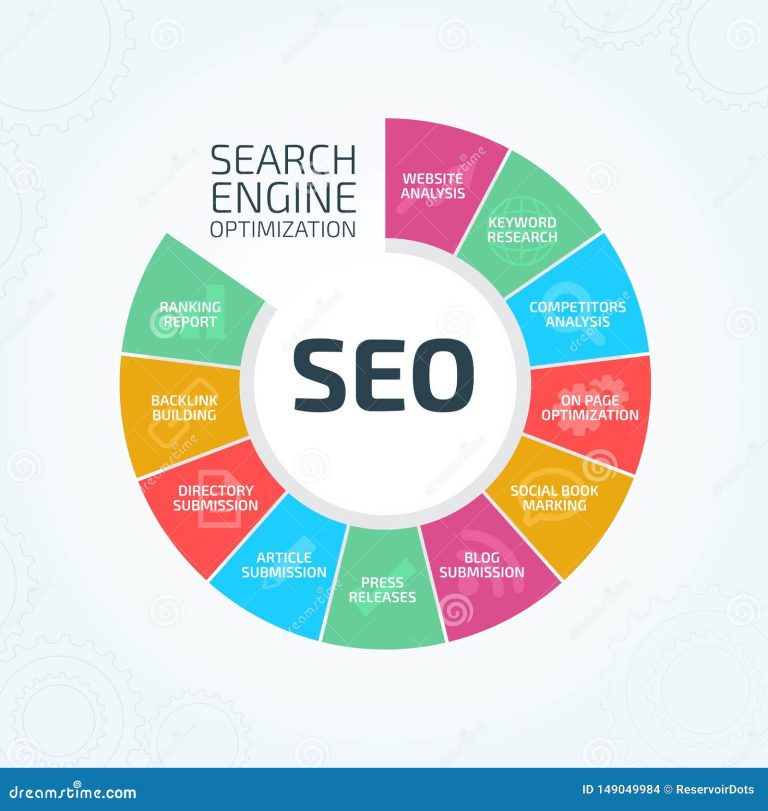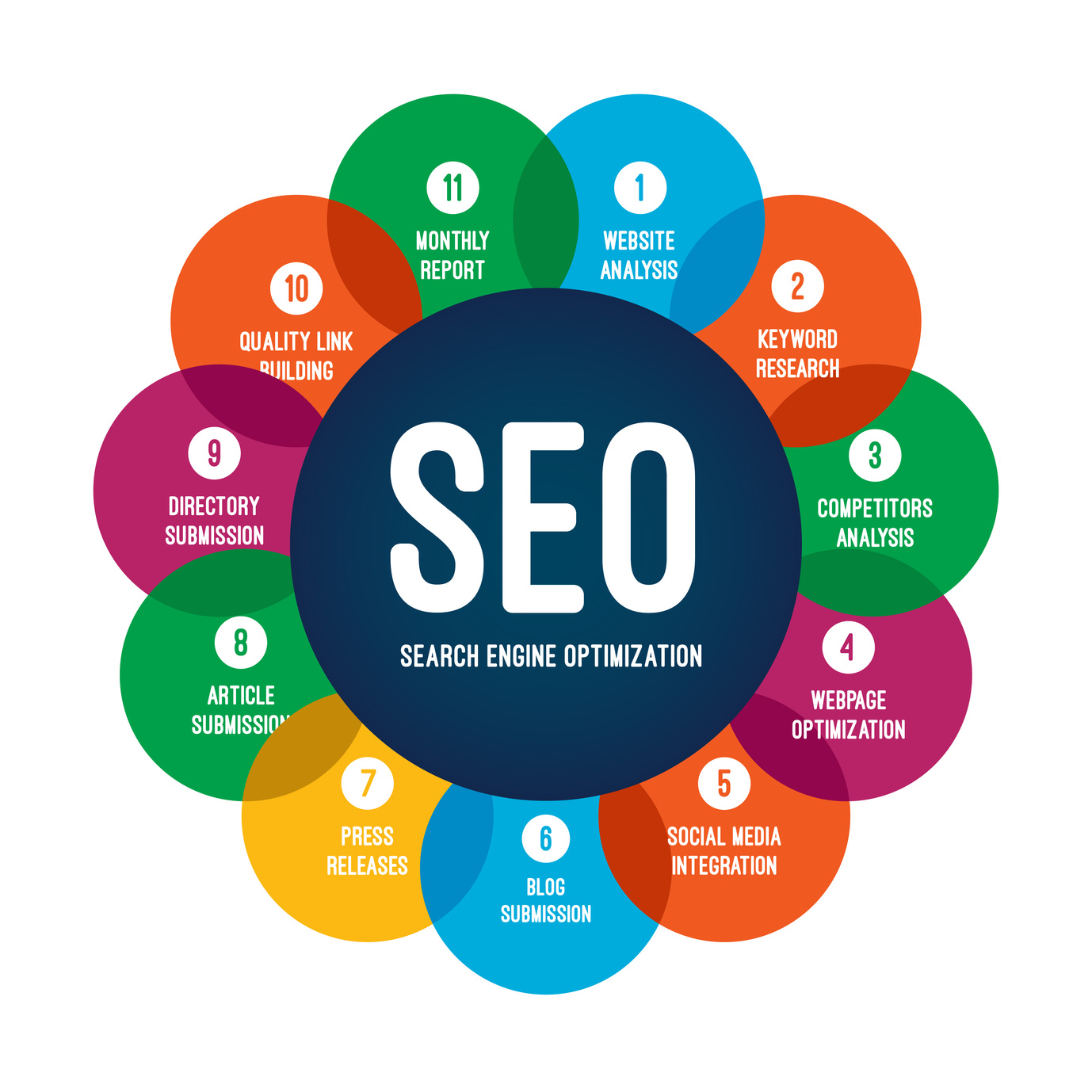
In today’s digital economy, monetizing a website has become a cornerstone of online success. Whether you’re a blogger, content creator, or small business owner, leveraging ads can transform your site into a reliable source of passive income. However, simply placing ads on your site isn’t enough. To truly maximize your ad revenue—whether through Google AdSense, Mediavine, or other ad networks—you need to understand how SEO (Search Engine Optimization) plays a critical role in driving traffic, increasing engagement, and ultimately boosting your earnings.
This guide will walk you through the essential SEO strategies that directly impact ad monetization, from keyword research to user experience optimization. By the end, you’ll have a clear roadmap to increase your ad revenue while maintaining a high-quality, user-friendly website.
What Is SEO for Ad Monetization and Why It Matters
SEO for ad monetization refers to the practice of optimizing your website so it ranks higher in search engine results pages (SERPs), which leads to more organic traffic. This increased visibility is crucial for ad networks like Google AdSense, Mediavine, or AdThrive because the more visitors you attract, the more ad impressions and clicks you generate—both of which directly affect your earnings.
Unlike traditional SEO, which focuses primarily on ranking for keywords, SEO for ad monetization emphasizes creating content that not only ranks well but also drives user engagement. This includes ensuring your site is mobile-friendly, fast-loading, and optimized for both users and search engines. The better your site performs, the more likely advertisers will want to place their ads on it, leading to higher RPM (Revenue Per Thousand Impressions).
In 2025, with the rise of AI-driven search algorithms and voice search, the importance of SEO for ad monetization is only growing. Websites that fail to adapt risk falling behind in both rankings and ad revenue potential.
How SEO Impacts Ad Monetization Performance
SEO directly influences several key metrics that affect ad revenue:
- Traffic: Higher rankings mean more visitors, which increases the number of ad impressions.
- Engagement: A well-optimized site keeps users on your page longer, improving dwell time and reducing bounce rates—factors that signal to ad networks that your site is valuable.
- User Experience (UX): A fast, mobile-friendly site enhances the overall user experience, making it more likely that users will interact with your ads.
- Ad Placement: While not directly tied to SEO, a clean, organized site structure makes it easier to place ads where they’re most effective without compromising UX.
Additionally, SEO helps you target high-intent keywords that align with your niche. These are the exact terms users are searching for when they’re ready to make a purchase or engage with content—making them ideal for maximizing ad clicks and conversions.
Step-by-Step Implementation Framework for SEO for Ad Monetization
To effectively leverage SEO for ad monetization, follow this structured approach:
- Define Your Niche and Audience
- Identify your target audience and the specific problems they face.
-
Use tools like Google Trends, AnswerThePublic, and SEMrush to uncover popular search queries within your niche.
-
Conduct Thorough Keyword Research
- Focus on long-tail keywords that are highly relevant to your audience and have moderate competition.
-
Use keyword research tools like Ahrefs, Ubersuggest, or Moz to find opportunities.
-
Create High-Quality, Engaging Content
- Write in-depth, informative content that answers user questions and solves problems.
- Incorporate your target keywords naturally into titles, headings, meta descriptions, and body text.
-
Add multimedia elements like images, videos, and infographics to improve engagement.
-
Optimize for Mobile and Speed
- Ensure your site is fully responsive and loads quickly on all devices.
-
Use tools like Google PageSpeed Insights or GTmetrix to identify and fix performance issues.
-
Improve On-Page SEO Elements
- Optimize title tags, meta descriptions, and URL structures for clarity and keyword relevance.
-
Implement internal linking to keep users engaged and help search engines crawl your site more effectively.
-
Build Quality Backlinks
- Create shareable content that other websites will want to link to.
- Guest post on authoritative sites in your niche and include backlinks to your content.
-
Engage in outreach and collaborate with influencers to gain exposure.
-
Monitor and Analyze Performance
- Use Google Analytics and Search Console to track traffic, engagement, and ad performance.
-
Regularly review metrics like CTR (Click-Through Rate), RPM, and bounce rate to identify areas for improvement.
-
Test and Refine Ad Placements
- Experiment with different ad formats, placements, and sizes to find what works best for your audience.
- Avoid overloading your site with ads, as this can negatively impact user experience and SEO.
Real-World Case Study: Boosting Ad Revenue Through SEO
Let’s take a look at a hypothetical case study of a lifestyle blog that implemented an SEO strategy focused on ad monetization:
Background: The blog had a decent amount of traffic but low ad revenue due to poor SEO and ad placement.
Actions Taken:
– Conducted keyword research and optimized existing content around high-intent, long-tail keywords.
– Improved site speed and mobile responsiveness.
– Added internal links and created new, in-depth content targeting niche topics.
– Introduced strategic ad placements without overwhelming users.
Results:
– Organic traffic increased by 120% within six months.
– Ad click-through rate improved by 35%.
– Monthly ad revenue grew from $500 to $2,000.
This case study illustrates how a well-executed SEO strategy can significantly boost ad revenue, even for sites that were previously underperforming.
Tools and Techniques for SEO for Ad Monetization
Here are some of the top tools and techniques to help you implement SEO for ad monetization:
- SurferSEO: A powerful tool for keyword clustering, content optimization, and competitor analysis.
- Ahrefs: Excellent for backlink building, keyword research, and tracking rankings.
- Google Analytics & Search Console: Essential for monitoring traffic, user behavior, and technical SEO issues.
- Yoast SEO: A WordPress plugin that helps optimize on-page content for readability and search engines.
- Hotjar: Provides insights into user behavior, helping you refine content and ad placements.
- Ubersuggest: Offers keyword suggestions, competitor analysis, and content ideas.
These tools can streamline your SEO efforts and provide actionable data to improve your ad monetization strategy.
Future Trends and AI Implications
As AI continues to shape the future of search, the role of SEO for ad monetization will evolve. Here are a few trends to watch:
- Voice Search Optimization: More users are using voice assistants, so optimizing for conversational keywords and long-tail phrases will become increasingly important.
- AI-Driven Content Creation: Tools like Jasper and Copy.ai can help generate high-quality, SEO-friendly content at scale.
- Personalized Ads: With AI, ad networks may start serving more personalized ads based on user behavior and intent, making it even more crucial to target the right audience.
Staying ahead of these trends means continuously adapting your SEO strategy to meet the changing demands of search engines and users alike.
Key Takeaways
- SEO is essential for ad monetization—it drives traffic, improves user experience, and increases ad revenue.
- Focus on high-intent, long-tail keywords to attract the right audience and boost ad clicks.
- Optimize for mobile and speed to ensure a seamless user experience and better rankings.
- Regularly monitor performance using analytics tools to identify and address issues.
- Balance ad placements with quality content to maintain user trust and engagement.
By implementing these strategies, you can turn your website into a profitable ad monetization platform that generates consistent revenue and grows over time.
Meta Title: SEO for Ad Monetization: Boost AdSense, Mediavine, and More
Meta Description: Learn how SEO boosts ad revenue through traffic, engagement, and user experience. Maximize earnings with AdSense, Mediavine, and beyond.
SEO Tags (5): SEO for Ad Monetization, AdSense Optimization, Mediavine SEO, Ad Revenue Growth, Content Marketing Strategies
Internal Link Suggestions: Parameter #12: Keyword Research, Parameter #15: Mobile Optimization, Parameter #18: Backlink Building
External Source Suggestions: Google Analytics, Ahrefs, Moz



